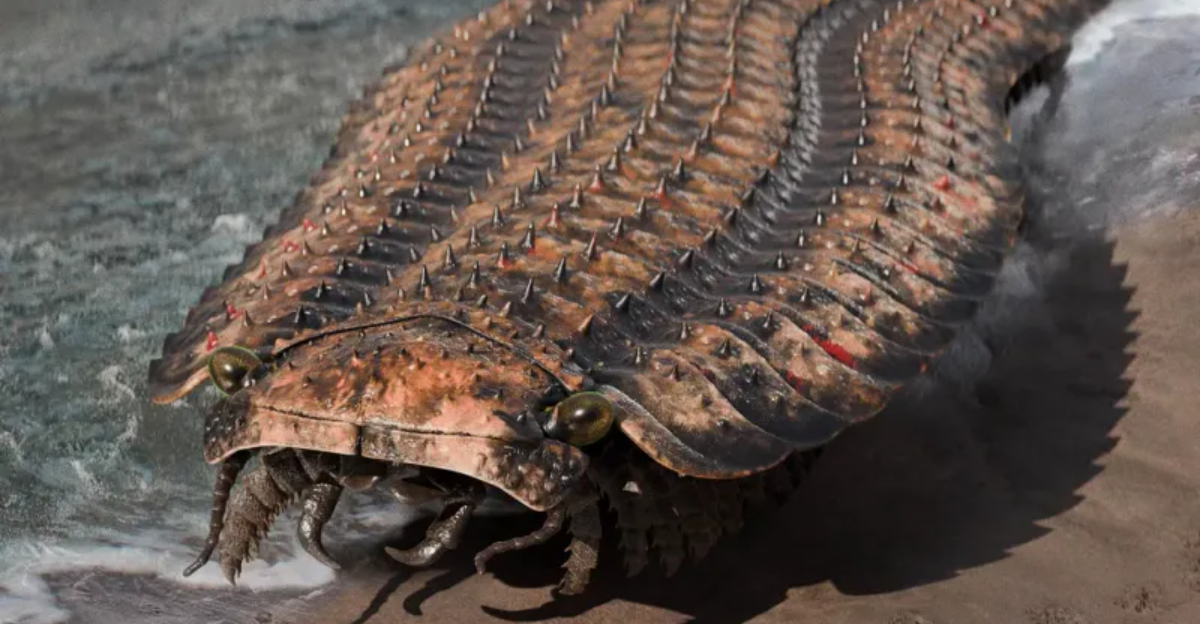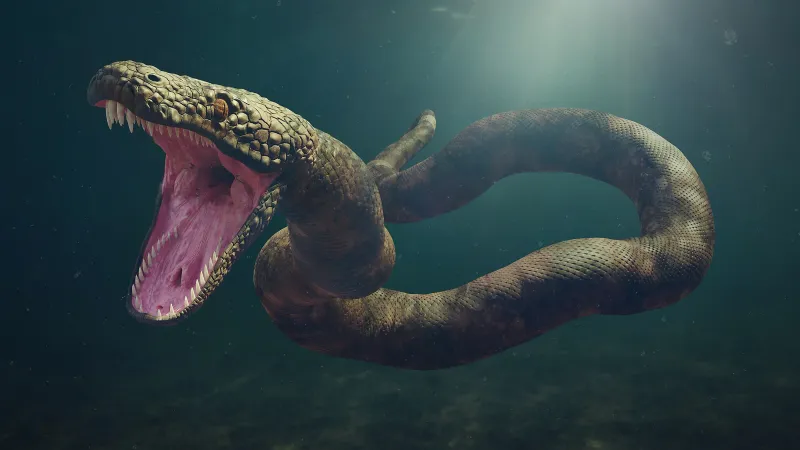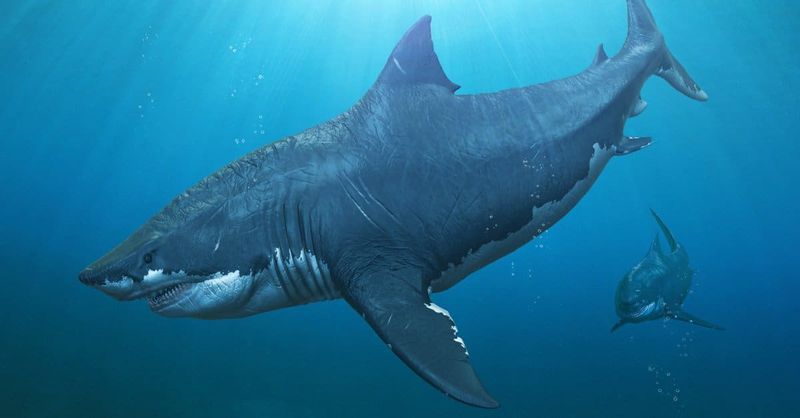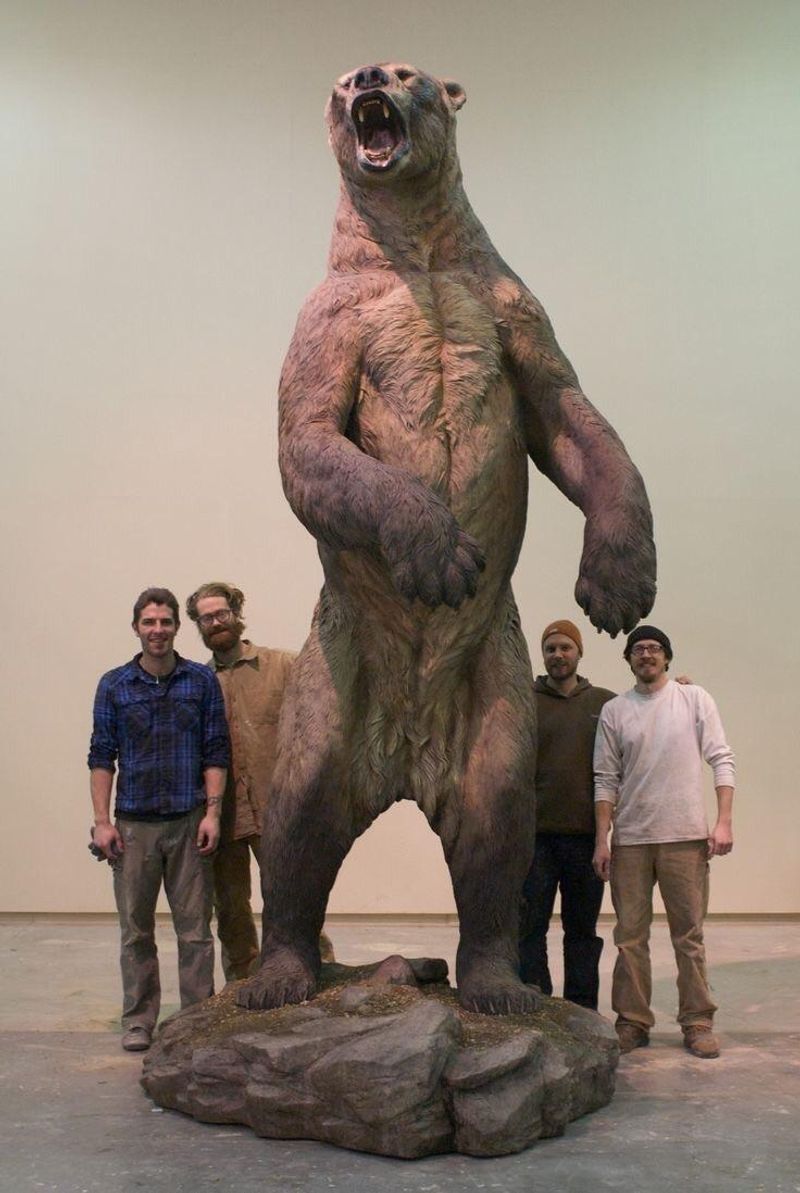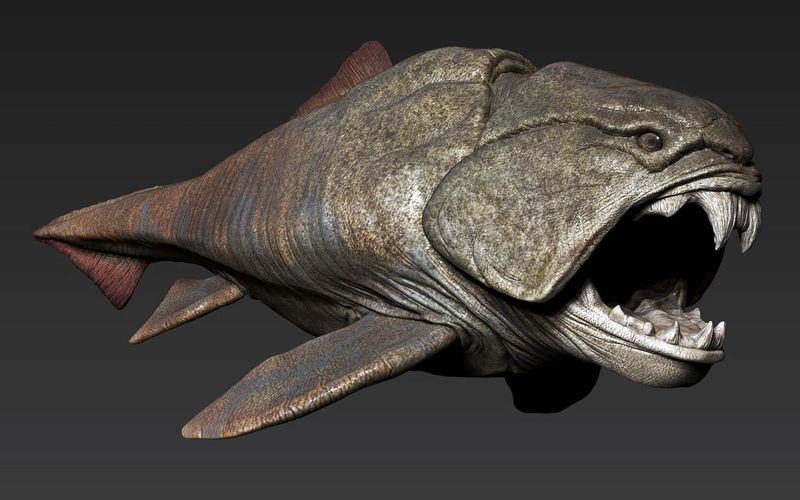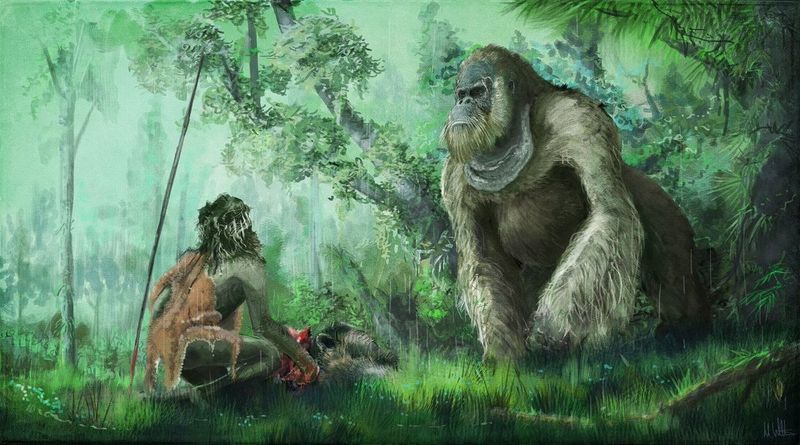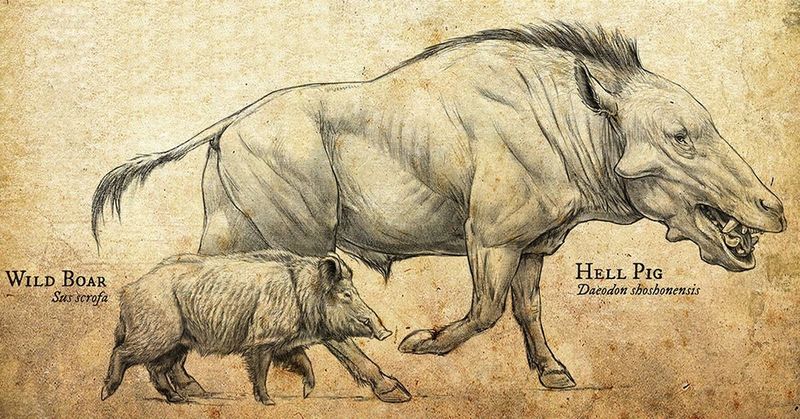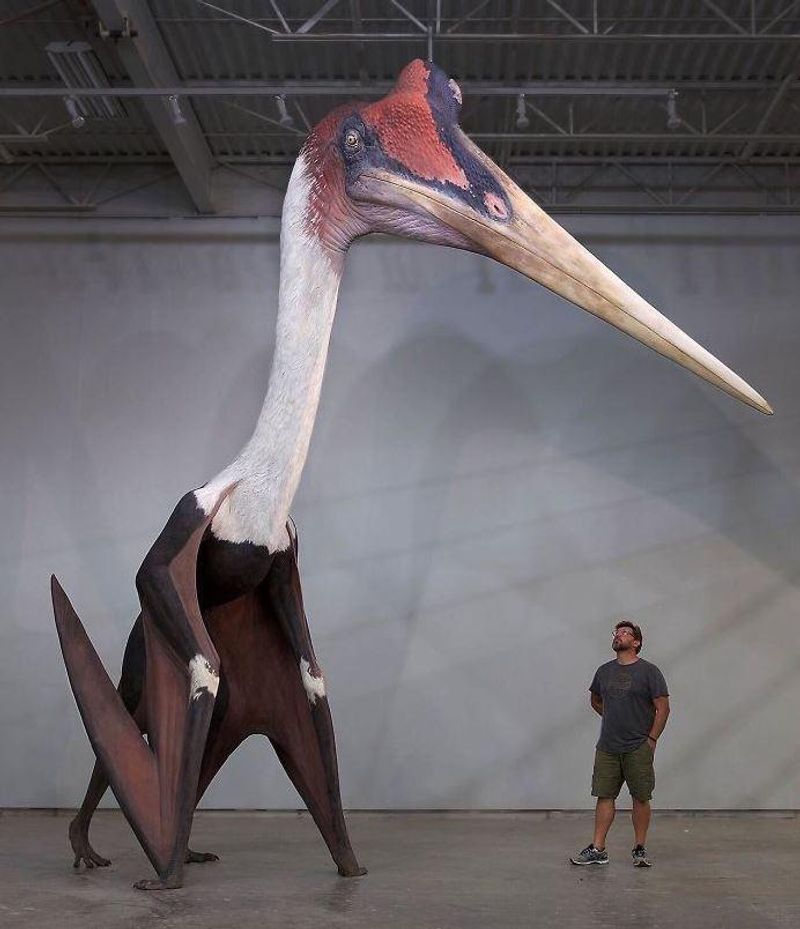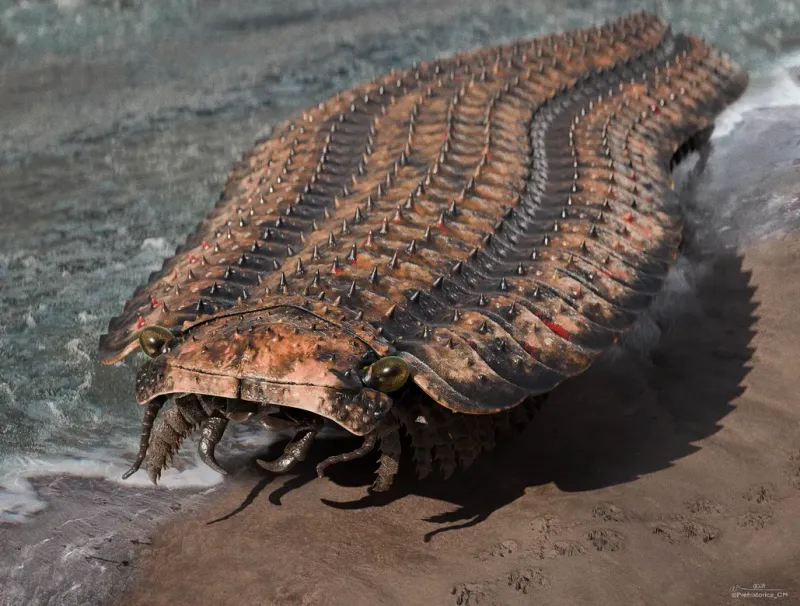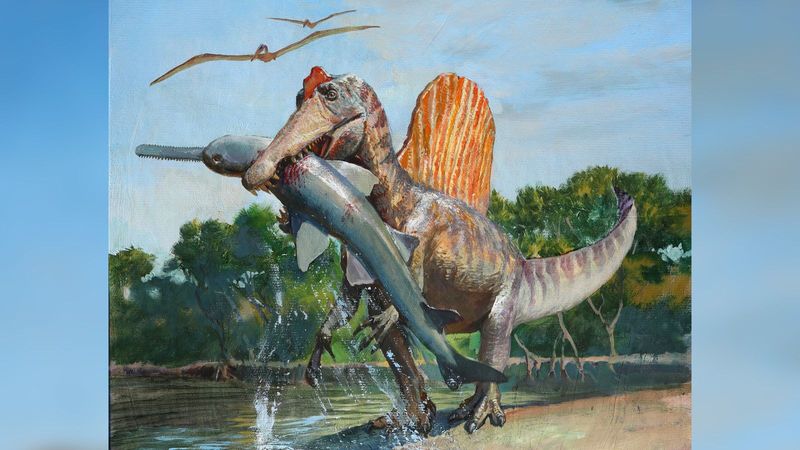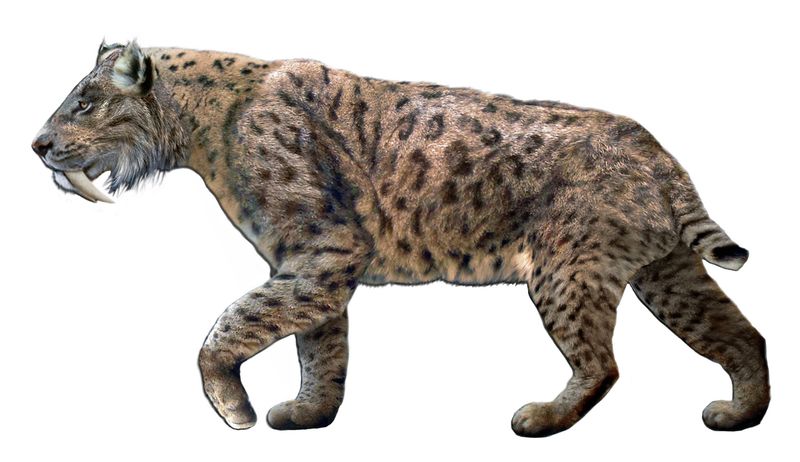Earth’s history is filled with creatures that would make our modern wildlife seem tame by comparison. From massive predators with bone-crushing jaws to venomous giants that could kill with a single strike, our planet once hosted truly terrifying animals. While extinction is typically viewed as tragic, these ten prehistoric beasts might make you thankful they’re no longer roaming around. Let’s explore some extinct animals that would make today’s world much more dangerous if they were still alive.
Titanoboa: The Snake That Could Swallow You Whole
Slithering through ancient Colombian rainforests was a snake so massive it makes today’s anacondas look like garden worms. Titanoboa reached lengths of 43 feet and weighed over 2,500 pounds – heavier than a small car!
This monstrous serpent hunted crocodiles for breakfast, wrapping its muscular body around prey and squeezing with the force of multiple boa constrictors combined. The pressure would have been enough to pop a human like a grape.
Titanoboa thrived in hot, humid conditions about 60 million years ago, just after dinosaurs disappeared. Scientists believe it needed extremely warm temperatures to survive, which explains why such giant snakes don’t exist today. Imagine camping by a river and encountering this bus-sized predator – you’d have virtually no chance of escape from its lightning-quick strike and crushing embrace.
Megalodon: The Ocean’s Ultimate Nightmare
Lurking in prehistoric oceans swam a shark so enormous it could swallow today’s great whites in a single bite. Megalodon stretched up to 60 feet long with teeth bigger than your hand – seven-inch serrated daggers designed for slicing through whale blubber.
Unlike modern sharks that nibble cautiously, Megalodon attacked with brutal efficiency. Its hunting strategy involved targeting vital organs and ripping massive chunks from prey with a single devastating chomp.
The sheer force of its bite – estimated at 40,000 pounds – could crush a car without effort. Megalodon ruled the seas for over 13 million years before mysteriously vanishing about 3.6 million years ago. Beach vacations would certainly look different if these monsters still patrolled our coastlines, turning surfers and swimmers into easy snacks for an apex predator that had no natural enemies except starvation.
Arctodus: The Short-Faced Bear That Outran Horses
Standing upright at 12 feet tall, Arctodus simus makes today’s grizzlies seem positively cuddly. This prehistoric North American terror combined the worst traits possible in a predator: incredible size, shocking speed, and relentless hunting instinct.
Despite weighing up to 2,000 pounds, these bears could sprint at 40 mph – faster than a racehorse! Their long legs and short snouts evolved specifically for chasing down prey across open plains, unlike modern bears that primarily forage for plants and fish.
Arctodus had jaws powerful enough to crush mammoth bones to extract nutritious marrow. They dominated the landscape until about 11,000 years ago, possibly driven to extinction by human hunters or climate change. Had they survived, our camping trips would require armored vehicles instead of tents, as these super-predators could easily outrun any human and had paws the size of dinner plates with claws like kitchen knives.
Dunkleosteus: The Armored Fish With Guillotine Jaws
Imagine a 30-foot armored fish with a bite force that could slice through steel. Dunkleosteus terrorized ancient oceans 360 million years ago, sporting a bizarre head covered in bony plates instead of teeth.
These plates formed self-sharpening blades that could snap shut with over 8,000 pounds of force – enough to slice through virtually anything unfortunate enough to swim nearby. Even more terrifying, Dunkleosteus could open its jaws in just 1/50th of a second, creating a vacuum that sucked prey directly into its death trap.
Scientists believe this monster fish was cannibalistic, often eating smaller members of its own species when other food was scarce. Fossil evidence shows partially digested fish remains inside Dunkleosteus specimens, proving its voracious appetite. Had this living food processor survived to modern times, swimming in oceans would be unthinkable, as its armor-plated body would have made it virtually immune to most predators, including humans.
Gigantopithecus: The Real-Life King Kong
Towering at 10 feet tall and weighing up to 1,200 pounds, Gigantopithecus blacki was the largest primate to ever walk the Earth. This colossal ape roamed the forests of China, India, and Vietnam until relatively recently – just 100,000 years ago.
Despite its intimidating size, Gigantopithecus was primarily a gentle plant-eater with massive grinding teeth perfect for tough bamboo and fibrous vegetation. However, an animal this size would have been territorial and dangerous if threatened, capable of tossing a human like a rag doll.
Interestingly, some cryptozoologists speculate that legends of Bigfoot or Yeti might stem from ancestral memories of encounters with these giants. While Gigantopithecus wasn’t carnivorous, its sheer mass and strength would make any modern-day encounter potentially fatal. A single defensive swipe could crush bones, and its enormous jaws could easily bite through limbs if provoked by ancient human hunters.
Daeodon: The Terminator Pig
Known as the “hell pig” or “terminator pig,” Daeodon shoshonensis was nothing like the farm animals we know today. Standing over 6 feet tall at the shoulder with a skull nearly 3 feet long, this nightmare creature roamed North America 20 million years ago.
Unlike modern pigs, Daeodon was a dedicated hunter-scavenger with jaws powerful enough to crush bones and specialized teeth for tearing flesh. Its massive head housed enormous muscle attachments that gave it one of the strongest bites in mammal history – perfect for crunching through carcasses and intimidating other predators away from kills.
Daeodon traveled in groups, making them even more formidable as they could take down prey much larger than themselves through coordinated attacks. Had these monsters survived to modern times, farming and outdoor activities would be nearly impossible in their territory. Their aggressive nature, pack hunting strategy, and bone-crushing abilities would make them one of the most dangerous land animals humans would ever face.
Quetzalcoatlus: The Living Airplane
When Quetzalcoatlus northropi took to the skies 68 million years ago, it cast shadows larger than small airplanes. With a wingspan reaching 36 feet – the size of an F-16 fighter jet – this pterosaur was the largest flying animal ever discovered.
Standing as tall as a giraffe on its hind legs, Quetzalcoatlus had a spear-like beak perfect for impaling prey. Scientists believe these giants stalked dinosaur nesting grounds, snatching up baby dinos like modern storks grab fish. They could likely travel hundreds of miles without flapping, using thermal updrafts to glide effortlessly across continents.
Had they survived, our outdoor activities would be constantly threatened by aerial predators capable of swooping down at 80 mph to snatch children or small adults. Their massive size would have made them virtually immune to most modern weapons until the invention of firearms. Imagine picnics interrupted by living aircraft diving from above, their toothless beaks perfectly evolved for grabbing and swallowing human-sized prey whole.
Arthropleura: The Bus-Sized Centipede
Crawling through prehistoric forests was a centipede so massive it still holds the record for largest land invertebrate ever. Arthropleura reached lengths of 8.5 feet – longer than your sofa – with a body as wide as a car tire.
This giant millipede-like creature had dozens of legs and a hard exoskeleton that made it virtually indestructible by Carboniferous period standards. While scientists believe Arthropleura was primarily herbivorous, its sheer size would make any encounter terrifying for humans.
Arthropleura thrived 300 million years ago when higher oxygen levels allowed arthropods to grow to monstrous proportions. Though not venomous like modern centipedes, its powerful mandibles could still deliver painful bites, and being crushed under its massive segmented body would be like being run over by a small vehicle. The psychological impact alone of encountering a crawling creature larger than a person would likely cause heart attacks in many people!
Spinosaurus: The Swimming Dinosaur Nightmare
Move over, T. rex – Spinosaurus aegyptiacus was even larger and possibly more terrifying. At over 50 feet long with a massive sail on its back, this dinosaur was the largest carnivorous dinosaur ever discovered, specializing in hunting from both land and water.
Recent discoveries reveal Spinosaurus had dense bones and paddle-like tail for swimming, making it the only known aquatic dinosaur. Its crocodile-like jaws contained straight conical teeth perfect for snatching slippery prey, while powerful arms ended in foot-long claws that could disembowel victims with a single swipe.
Spinosaurus lived 97 million years ago across North Africa, which was then a vast river system teeming with massive fish. Had this monster survived, our relationship with water would be forever changed – no swimming, no boating, no riverside activities would be safe from a predator that could pursue prey in multiple environments. Imagine a creature combining the worst aspects of crocodiles and bears, but three times larger!
Smilodon: The Saber-Toothed Killing Machine
Known popularly as the saber-toothed tiger (though not actually related to tigers), Smilodon fatalis possessed the most extreme canine teeth of any mammalian predator. These curved daggers reached nearly 12 inches long and were designed for a single purpose: precision killing.
Built like an American football linebacker – stocky, muscular, and surprisingly fast – Smilodon had forearms so powerful they could pin down a struggling bison. Unlike modern big cats that kill by suffocation, Smilodon used its sabers to deliver a single, devastating throat slash that caused victims to bleed out rapidly.
These cats hunted in social groups until just 10,000 years ago, making them one of the last mega-predators humans might have encountered. Their specialized hunting strategy would make them particularly dangerous to people – modern anti-predator techniques wouldn’t work against an animal evolved to kill prey much larger than humans with a single bite. Their stealth, power, and those unforgettable teeth would make any outdoor activity a potential death sentence.
